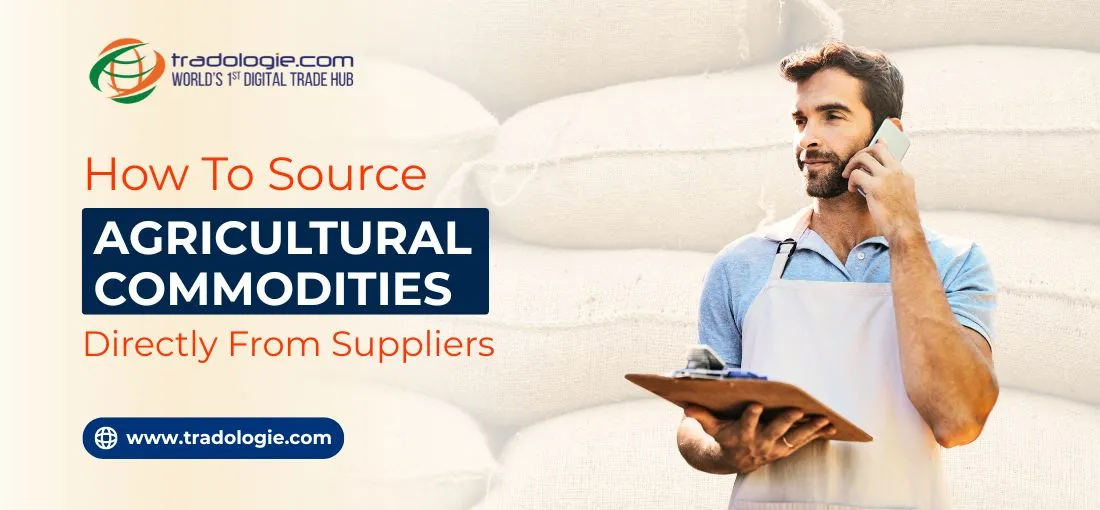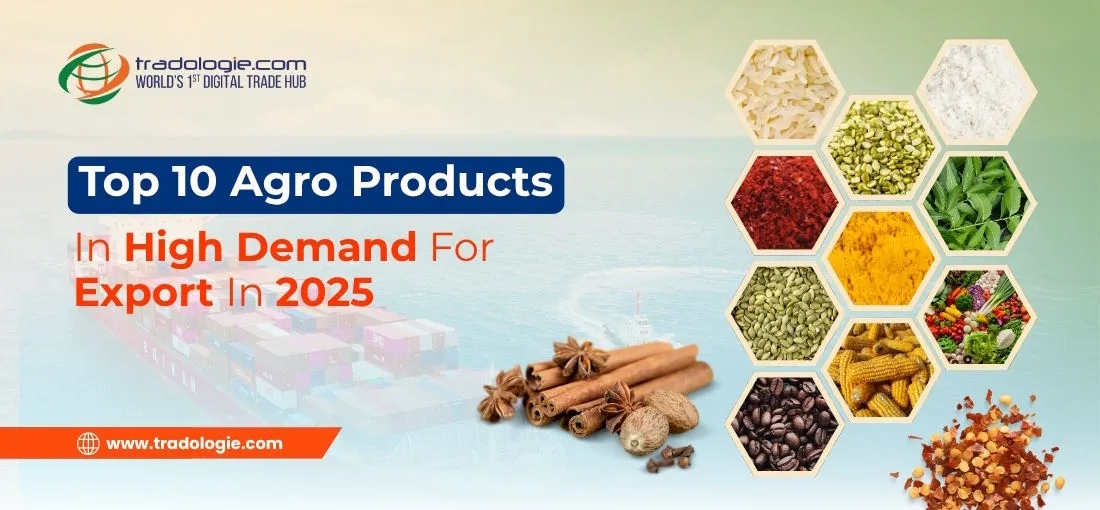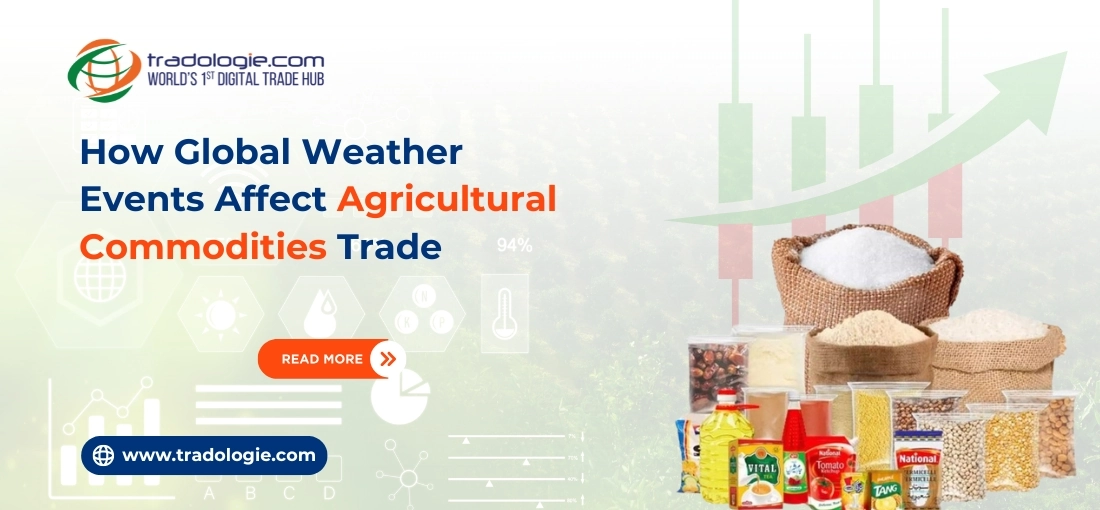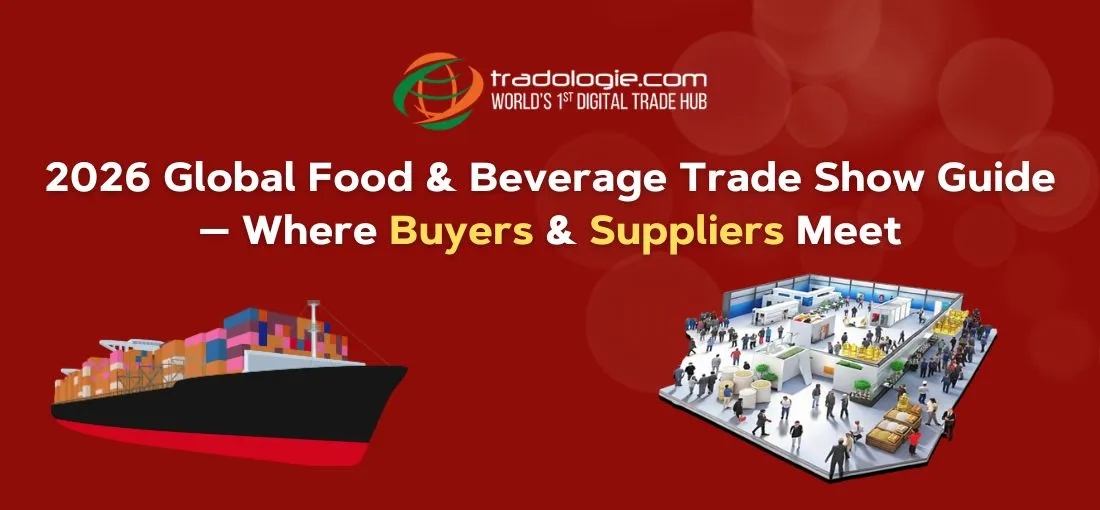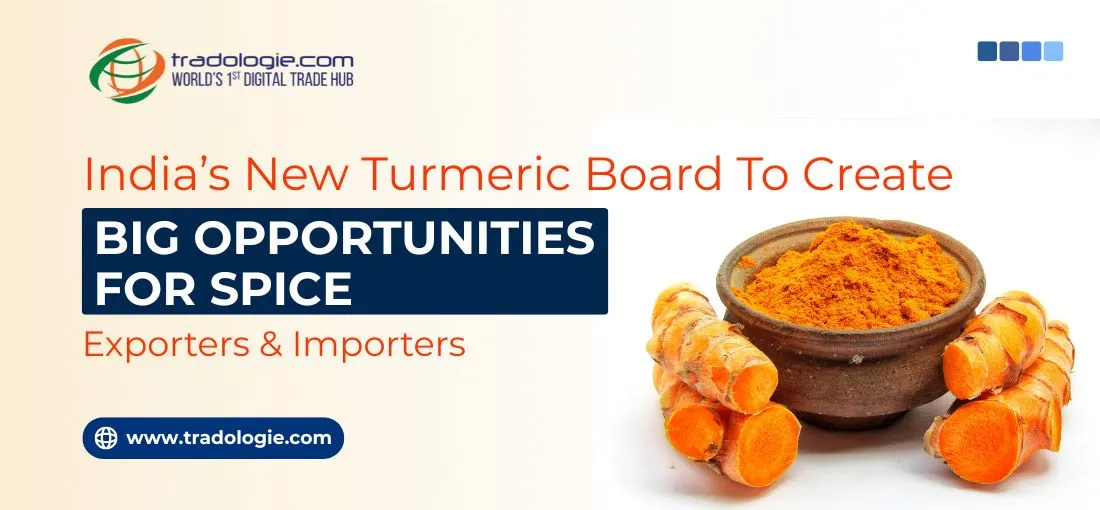How to Source Agricultural Commodities Directly from Suppliers
The global trade in agricultural commodities is estimated to be worth over a trillion dollars annually. Yet, despite this scale, procurement remains fragmented and is often mediated by layers of intermediaries that obscure origin traceability, inflate final cost, and delay timelines.
For serious importers aiming to buy agricultural products in bulk, engaging directly with millers, processors, and merchant exporters is not only more cost-effective but also improves command over quality, compliance, and fulfilment timelines.
Here are proven sourcing methods tailored for B2B buyers looking to import agro products without relying on agents or brokers.
1. Leverage Transaction-Enabled B2B Platforms
While traditional listing portals still exist, the modern buyer prefers transaction-backed platforms that go beyond providing just data. B2B digital procurement systems, especially those focused on agro commodities, allow importers to raise requirements, invite quotes from verified suppliers, negotiate trade terms, and execute deals—all within a secured interface.
Platforms such as Tradologie.com (transaction-based, not listing-focused) provide access to FOB and CIF quotes directly from registered exporters and processors, helping buyers buy food products with documentation, real-time tracking, and third-party inspection integration.
For bulk procurement, these systems are particularly useful for:
- Floating inquiries to multiple suppliers simultaneously
- Receiving comparative quotes with MOQ and delivery schedules
- Accessing documentation support and inspection reports
2. On-Ground Sourcing via Trade Fairs & Exhibitions
Attending international agro expos—such as SIAL, Gulfood, or Food Ingredients Asia—provides a concentrated environment to establish direct trade contacts with top-tier exporters. These shows attract export-ready suppliers with a focus on long-term B2B tie-ups to buy agro products.
That said, seasoned buyers recognize the constraints:
- High travel and logistics costs
- Limited interaction time per stall
- High volume of inquiries leads to delayed post-event responses
The ROI is highest when buyers schedule pre-fixed meetings with shortlisted suppliers and follow up with third-party audits or sampling post-event.
3. Direct Mill Visits and Sourcing Missions
Nothing substitutes due diligence better than visiting the supplier’s facility. For buyers engaging in annual contracts or bulk procurement of staples like rice, spices, or pulses, conducting mill visits or sourcing missions ensures:
- Verification of installed capacity and processing standards
- Review of hygiene, grading, and packaging protocols
- Opportunity to negotiate long-term contract pricing with better credit terms
Often facilitated by local trade chambers or embassies, such visits are especially important when sourcing through a long-term contract.
4. Connect through Export Promotion Councils and Chambers
B2B buyers looking to import agro products can also collaborate with official trade facilitation bodies. These include:
- APEDA (India) – for processed foods, grains, and organics
- Vietnam Food Association – for rice and seafood
- Bilateral Chambers of Commerce – for connecting buyers and vetted exporters
Such bodies often maintain verified supplier directories, organize buyer-seller meets, and assist with regulatory and documentation support, such as fumigation certificates, CoO, and lab testing protocols.
5. Professional Cold Outreach and Trade Profiling
Cold outreach is slightly outdated—still many do follow it. For institutional buyers looking to buy agricultural products directly, targeted outreach via LinkedIn, trade portals, or industry-specific directories can generate highly relevant supplier leads.
Success depends on:
- Outreach to export managers or directors, not generic sales teams
- Clearly mentioning trade parameters: volume, certifications, destination port, payment method (LC, TT), and packaging needs
- Verifying responses via third-party agencies before proceeding with commercial documentation
When done right, this method works particularly well in niche segments like organic produce, customized blends, or private-label-ready goods.
6. Work with Third-Party Inspection & Trade Facilitation Firms
Once you shortlist a supplier, engage a neutral third-party inspection agency for:
- Pre-shipment quality checks
- Lab analysis (for pesticide residues, aflatoxins, moisture, etc.)
- Verification of labeling, packaging, and container sealing
This step is critical in bulk trades where even a 1% variance can lead to container rejection or claims under LC terms.
Conclusion:
Final Thoughts: Building Direct Trade Lines with Accountability
In today’s volatile trade environment—where currency risks, freight surcharges, and compliance pressures are real—importers must control as many variables as possible. The best way to do that is by cutting out unnecessary middle layers.
To buy food products in bulk reliably, direct engagement with genuine processors and exporters is no longer a luxury—it’s a competitive necessity.
By combining digital tools with institutional support and boots-on-ground due diligence, B2B importers can build a transparent, compliant, and cost-effective supply chain—one that supports sustained margins and repeat orders in global trade.

